

- Year 8
Constructing rhombi
I can use intersecting circles to construct rhombi from given lengths.


- Year 8
Constructing rhombi
I can use intersecting circles to construct rhombi from given lengths.
These resources will be removed by end of Summer Term 2025.
Switch to our new teaching resources now - designed by teachers and leading subject experts, and tested in classrooms.
These resources were created for remote use during the pandemic and are not designed for classroom teaching.
Lesson details
Key learning points
- A rhombus can be created from two isosceles triangles.
- An isosceles triangle can be constructed from a given base and side lengths using intersecting circles.
- A rhombus can be constructed from intersecting circles using triangles.
Keywords
Rhombus - A rhombus is a parallelogram where all sides are the same length.
Rhombi - The plural of rhombus can be referred to as rhombi.
Common misconception
Pupils may avoid using the pair of compasses and opt for a ruler instead.
Emphasise the efficiency and accuracy of using compasses instead of a ruler in the construction of their triangles.
To help you plan your year 8 maths lesson on: Constructing rhombi, download all teaching resources for free and adapt to suit your pupils' needs...
To help you plan your year 8 maths lesson on: Constructing rhombi, download all teaching resources for free and adapt to suit your pupils' needs.
The starter quiz will activate and check your pupils' prior knowledge, with versions available both with and without answers in PDF format.
We use learning cycles to break down learning into key concepts or ideas linked to the learning outcome. Each learning cycle features explanations with checks for understanding and practice tasks with feedback. All of this is found in our slide decks, ready for you to download and edit. The practice tasks are also available as printable worksheets and some lessons have additional materials with extra material you might need for teaching the lesson.
The assessment exit quiz will test your pupils' understanding of the key learning points.
Our video is a tool for planning, showing how other teachers might teach the lesson, offering helpful tips, modelled explanations and inspiration for your own delivery in the classroom. Plus, you can set it as homework or revision for pupils and keep their learning on track by sharing an online pupil version of this lesson.
Explore more key stage 3 maths lessons from the Constructions unit, dive into the full secondary maths curriculum, or learn more about lesson planning.

Licence
Prior knowledge starter quiz
6 Questions
Q1. triangles have two equal-sized angles. Two of the three edges are equal in length.
Q2.As this triangle is isosceles, the angle marked $$a$$ is $$^\circ$$.

Q3.Which of these could be a sketch of an equilateral triangle?
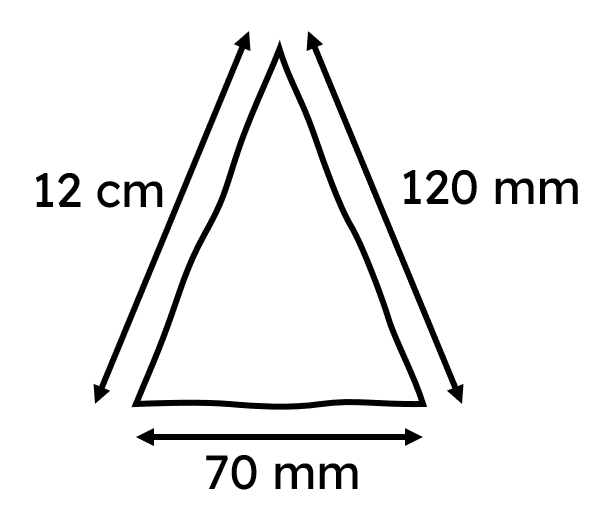

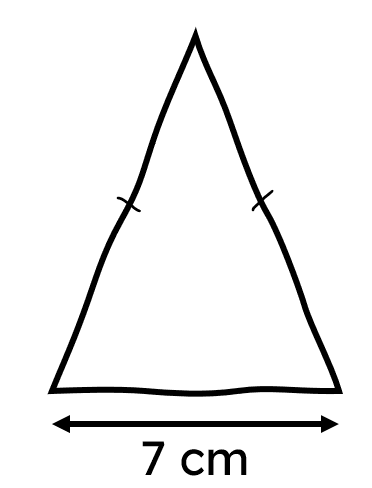
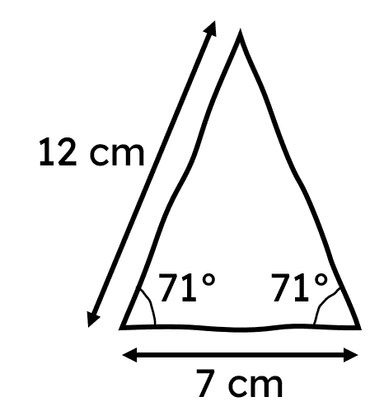
Q4.Which of the following sets of lengths could be the edges of a triangle?
Q5.Select all the statements which are true of all quadrilaterals.
Q6.Put the steps of constructing an equilateral triangle in order.
Assessment exit quiz
6 Questions
Q1.This kite has be created by using two triangles, joined by a common edge length. The two triangles are ...

Q2.A rhombus is a where all sides are the same length.
Q3.A rhombus is a quadrilateral where ...
Q4.Which of these show the correct construction of a rhombus?
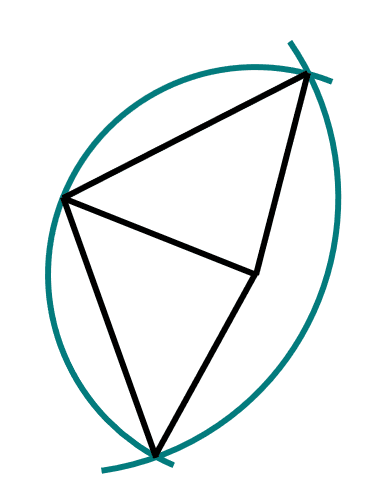
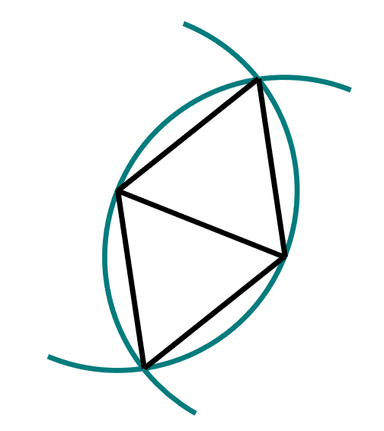
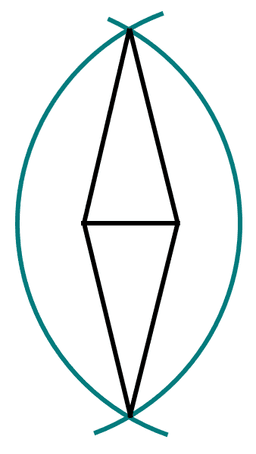
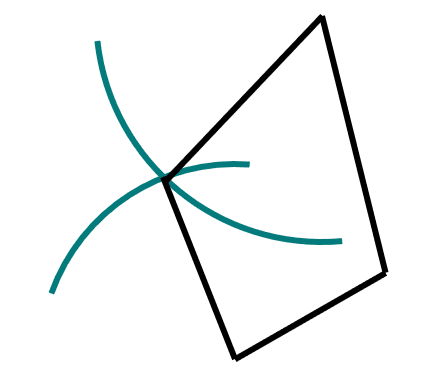
Q5.If Jun and Jacob were to both construct a rhombus with edge lengths of 8 cm, would their constructions be identical?
Q6.Sofia is constructing a rhombus from one given edge AB. She has nearly finished the construction of rhombus ABCD. Where is vertex D?


